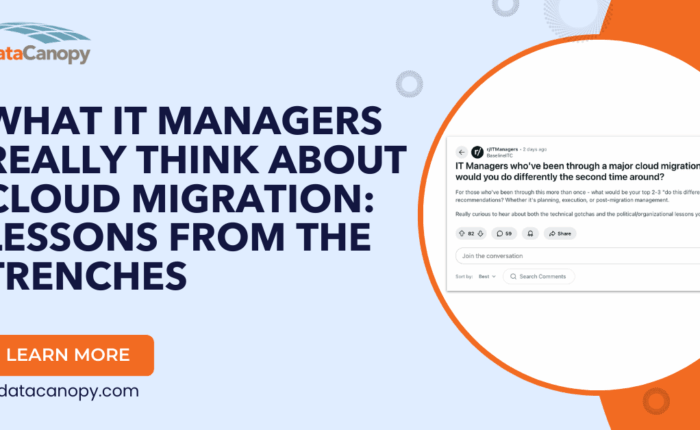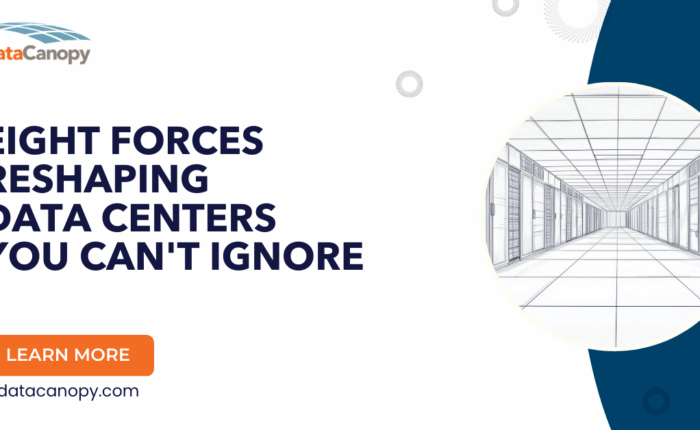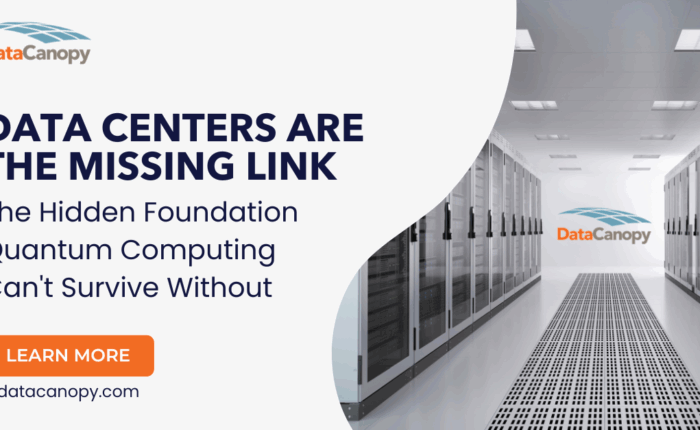Critical incidents such as natural disasters or man-made disasters do not come with a schedule.
At Data Canopy, we understand that your data is a precious asset that should be protected from any unplanned event. That’s why we recommend that migrating your data to the cloud be considered for your disaster recovery plan.
By optimizing the cloud, your organization can create a disaster recovery plan so that your data can be recovered and your business back online in a fraction of the time of physical or tape restores. Cloud computing has revolutionized the way we approach our data. By storing your data and applications in the cloud, you have the ability to recover from any unplanned event faster and more efficiently.
1. Backing Up Your Entire Server
One of the main advantages of creating a disaster recovery plan in cloud computing is that you can back up the entire server almost simultaneously. All the information coupled with the systems and applications are grouped into one software block or a virtual server for easy backup. The virtual servers don’t depend on hardware, so they are easily sent to other data centers within a very small time frame. Recovery can be configured to take mere minutes.
2. Cost Efficiency
Creating a second data center in order to back up your data is a rather costly endeavor. The second data center is not used for anything, so it can be a waste of money while awaiting a disaster. Using a third-party data center in the cloud makes the disaster recovery cheaper and more attractive for companies of all sizes because they don’t require a large initial investment as well as huge maintenance expenses.
3. Faster Recovery Times
Disaster recovery solutions can be configured to take only a few minutes in the cloud for mission critical data. Companies can recover from the disaster, using available tools to automate the process and choose what data can be brought up when in the event of interruption. By not taking advantage of the appropriate cloud disaster recovery option, not only could the IT department spend days trying to recover data necessary to operate your business, but some information may end up being lost entirely.
Quick disaster recovery process is compulsory for a majority of companies, which have to stop their business for the time the data is being recovered. Accordingly, disaster recovery plans in the cloud help the business avoid costly interruptions.
4. No Location Ties
Choosing the right location for the disaster recovery facility is highly important because if the facility becomes a victim of the same disaster, your information could be lost forever. Having your main and backup servers in the same location can spell trouble in case of disaster. With cloud technologies, if the disaster strikes, you can choose the backup facility location in any part of the world.
Data Canopy can help you develop the plan that keeps your business running when disaster strikes. We will work with you to ensure your mission critical data is secure and available in the event of an emergency with a comprehensive disaster recovery plan and solution designed for your business. Data Canopy offers geographical redundancy from data centers nationwide, full encryption and corruption detection capabilities, and virtual server backups for seamless fail over in the event of an outage.



